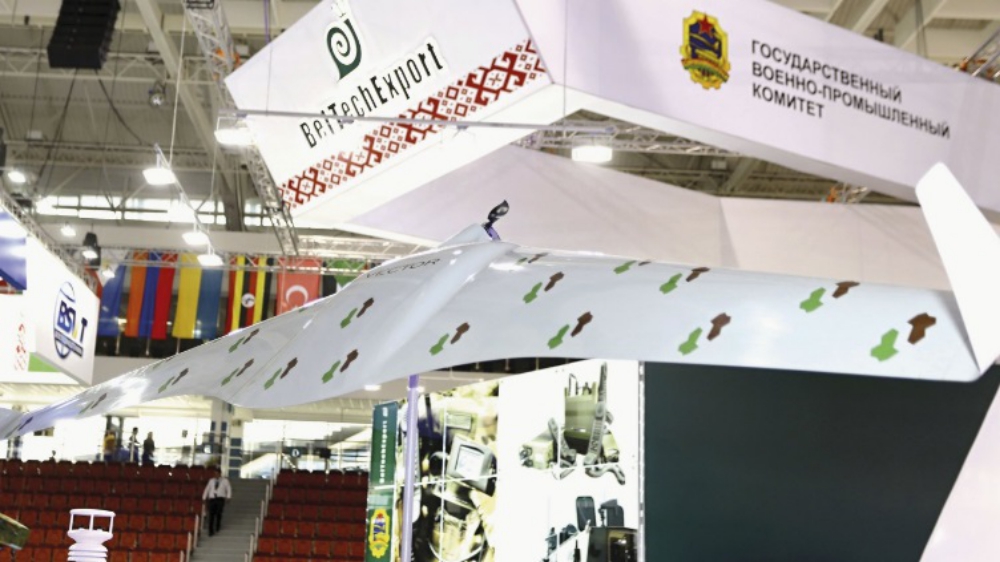Minsk-based company AGAT-Sistemi Upravlenia (AGAT Control Systems), a subsidiary of the state-owned Geoinformation Control Systems Holding, is finalising development of a Group 1-class unmanned aerial vehicle (UAV) called the Berkut-3.
Unlike earlier UAVs produced by AGAT Control Systems, the Berkut-3 and its critical equipment – such as navigation systems and batteries – is manufactured in-house.
The Berkut-3 adopts an all-composite tailless flying wing design featuring wingtip devices. The UAV has a wingspan of 3 m and a maximum take-off weight (MTOW) 11 kg, and has the ability to carry a 2 kg payload. It can be assembled within 10 minutes and launched and recovered via a catapult and a parachute respectively.
A typical Berkut-3 system comprises a UAV and a set of modular payloads – including a digital still camera, infrared camera, or TV camera – ground control station (GCS), datalink, and ruggedised storage container.
The UAV is powered by four Li-ion batteries and features a nose-mounted electric motor with a tractor propeller that enables it to attain level flight speeds of 65 to 120 km/h. The company claims that it has incorporated an advanced power management and battery conditioning system, which works in concert with a multi-channel voltage divider to provide run times of up to three hours.
According to company specifications, the Berkut-3 offers a control radius of more than 50 km and can operate to a service ceiling of 13,123 ft (4,000 m). The air vehicle is equipped with a combined inertial navigation system (INS) and GPS/GLONASS satellite navigation receiver, which offers positioning accuracy of 50 m. It can also operate in wind conditions of up to 10 m/s, and in temperatures from -40°C o 40°C in moderate rain and snow.
Source: Jane’s 360

